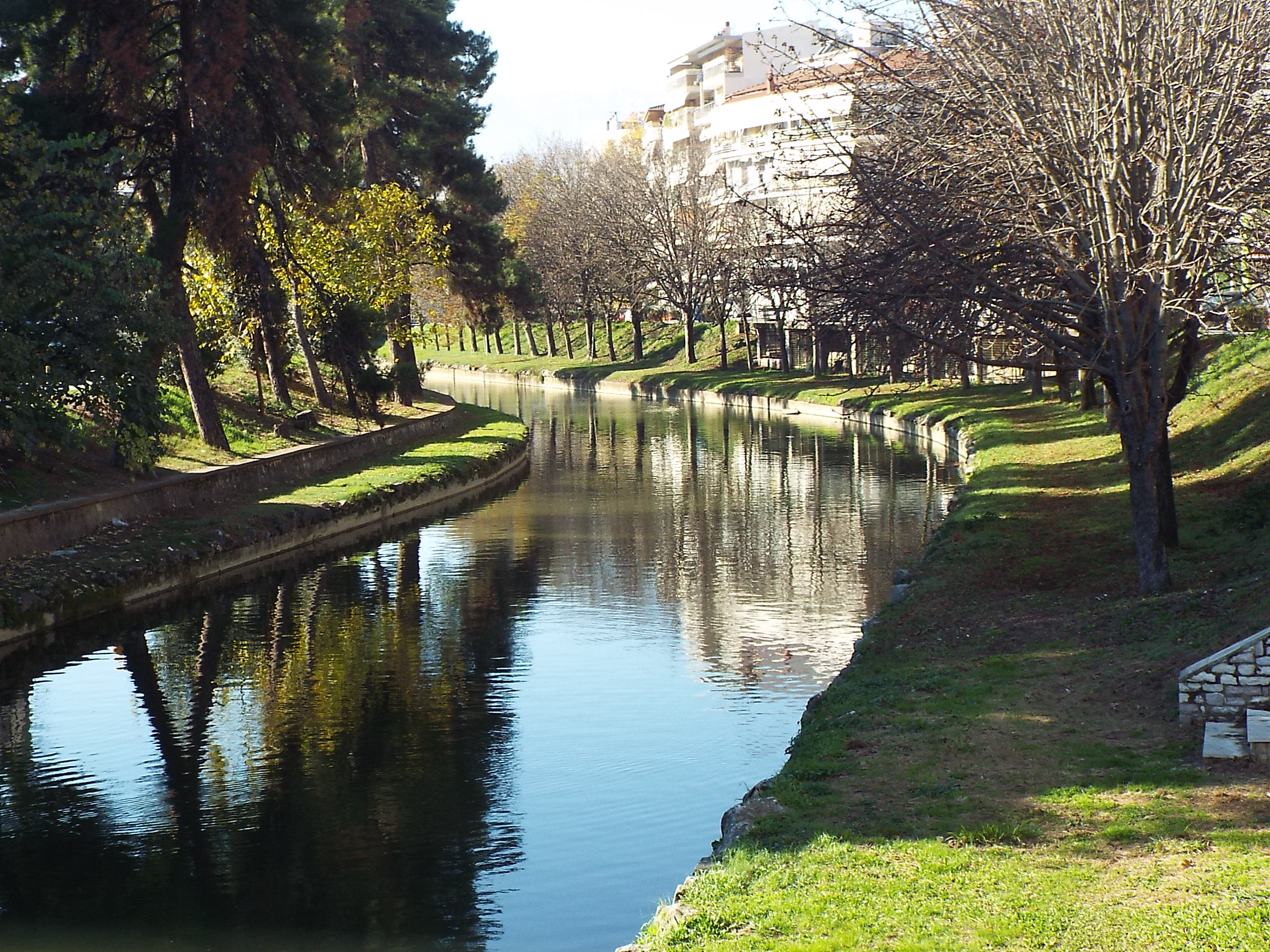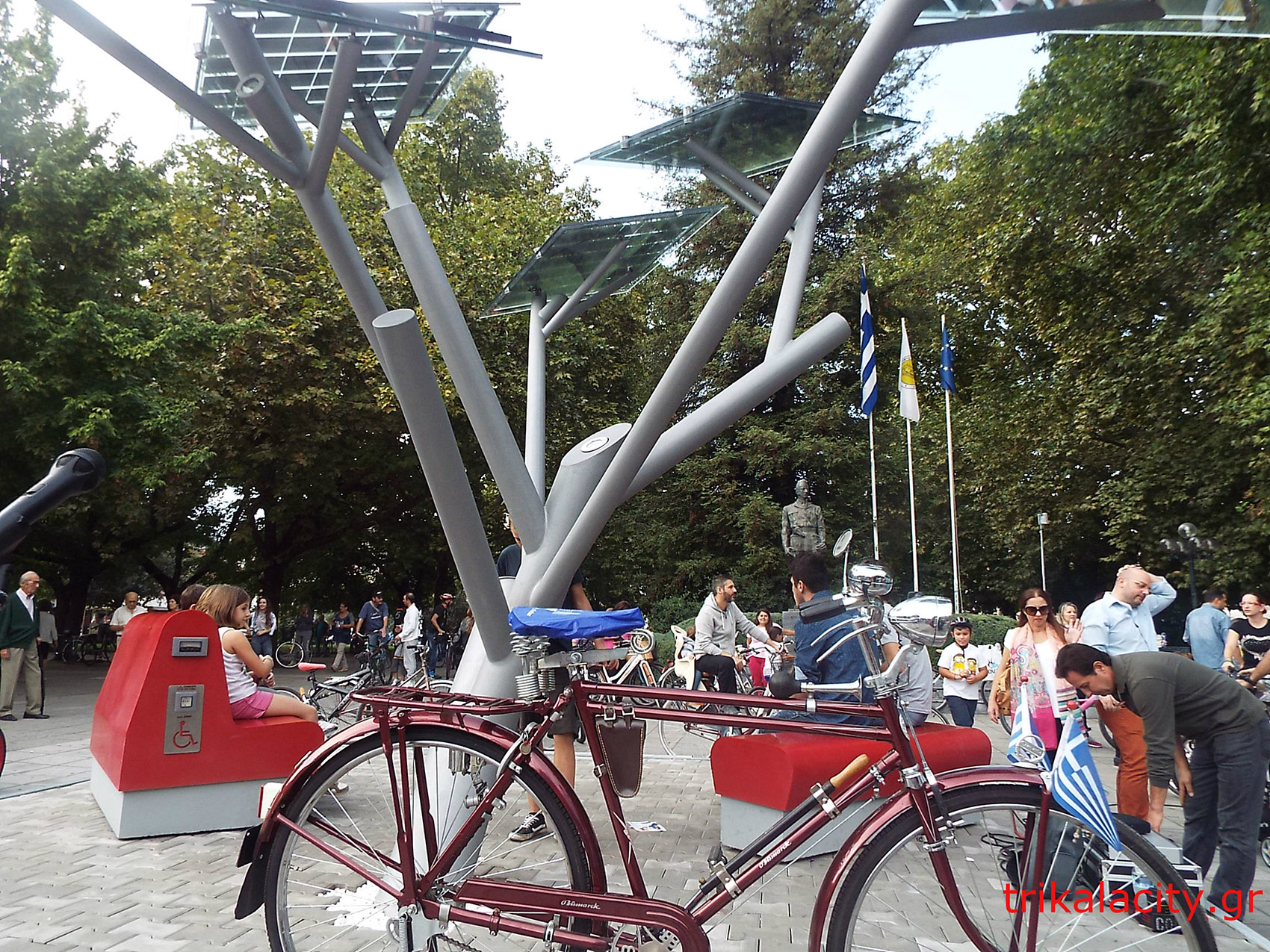The town of Trikala is built upon the ancient town “Trika” or “Triki” founded around the 3rd millennium d.c. The name Trikala became from the nymph Triki, daughter of “Pinios” or “Aesopos” river. The town was of great importance during the ancient times due to the fact that Asklipios lived and activated himself in Trikala;he is the landmark of the Municipality as he was the king of the town as well. In the region there used to be one of the most important and ancient monuments of Aesculapius. The town also according to Iliad of Great Homer seems to take place in the war of Troy on the side of Greek people ,having 30 ships and leaders the sons of Aesculapius who became doctors Machaona and Podalirio. Trikala was also the capital of the kingdom during the Mycenean time and later it became the centre of the state of “Estiotida” possessing the land that the Prefecture of Trikala has today described by the geographer Stravona.
During historical times Trikala as well as the area around the river were both developed. In the beginning , it was under the Persian domination in 480d.c while ten years later it became part of the Monetary Committee of citizens of Thessaly. In 352d.c Trikala became one with the Macedonia of Philip the 2nd. In 168d.c people of Macedonia especially Philip the 5th and his son Perseas tried very hard to keep Trikala free from the Romans but they didn’t make it.
During the first Christian centuries the town of Trikala and the region in general came under all the invaders in the Balkans; the Goths(396), the Huns(447), the Slavs(577), the Bulgarians(976-1025), the Normans(1081), and the Catalans(1309-1311). In 1204 there came the Roman Catholics while for a small period Trikala was under the Byzantine empire and the Domain of Ipiros. In the beginning of the millennium, the town appears for the very first time with its modern name Trikala in a book called “Alexiada” of Anna Komnini. The town is conquered finally by the Othomans in 1393 and after a long period of underdevelopment Trikala becomes an important centre of home handicraft with famous woolly textiles and products of skin. Trikala town was also a very important intellectual centre due to the fact that for a long period during Turkish domination (1543-1854) there was the “Triki School” (and later on it was called Greek School) where famous teachers of that era gave lessons such as Dionysios the Philosopher.
In 23rd of August in 1881 according to the Convention of Kostantinoupolis Trikala is under Greek domination as happens with the other parts of Thessaly and of course Ipiros .Trikala will be under the Turkish domination due to the war between the Turkish and Greek people in 1897 for about a year till their final union to Greece(1898). Afterward Trikala had the basic role concerning the agricultural movements of the authorities against the powerful landowners during 20th century. Moreover , Trikala was the place where the first Farmers’ Cooperative was founded in 1906 in Greece.
On the other hand, one of the biggest destructions that was done in the town was the big flood of June in 1907. On the third of June at night after an unprecedented rainfall “raining cats and dogs” as the locals say all the rivers around the town overflew and the next morning the plain was transformed into a huge lake. The rivers that overflew were “Litheos”, “Koumerkis” and “Salabrias”. Due to the rainfall 80 citizens in Trikala lost their life , about 200 houses collapsed including the gymnasium, and thousand animals were drowned. The rest of the damages were huge including the interruption of transport as even the railway was taken off.
During the National Resistance and occupation Trikala was a special place of action. Trikala was the place of birth of the General of ELAS Stefanos Sarafis. In Trikala also was seen in public view the head of Aris Velouchiotis after his death. The town got free from the Nazi occupation in 1944 the 18th of October.










